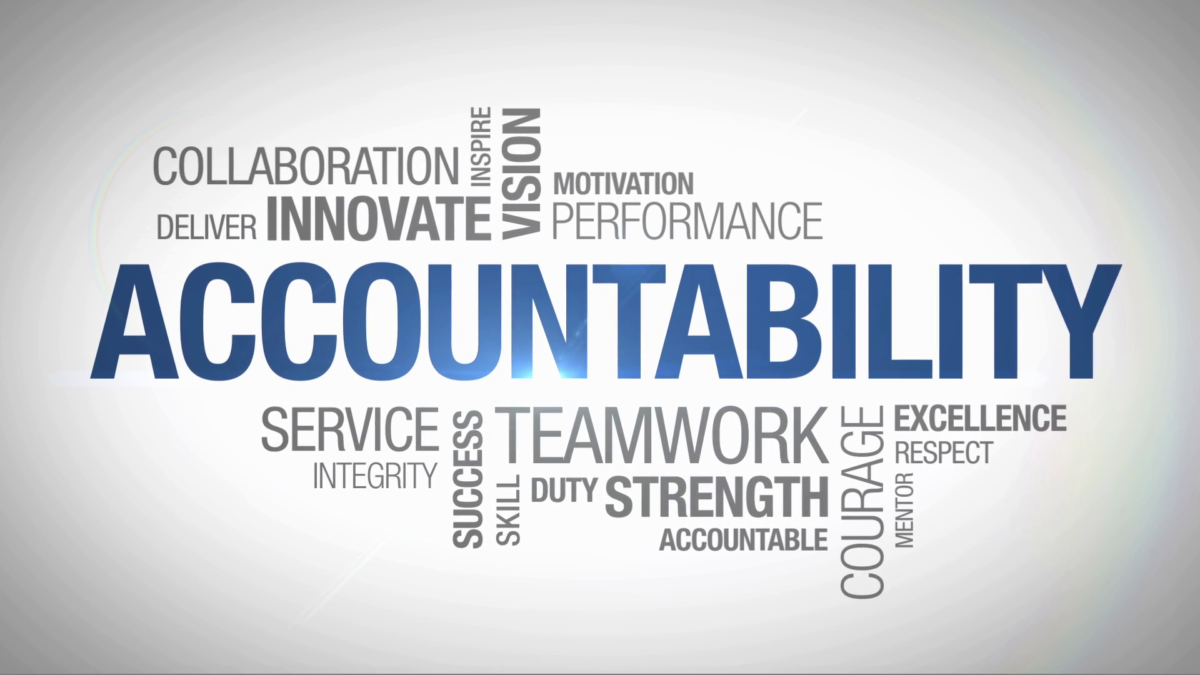In my 20 years’ experience of leading and coaching senior executive teams, the single-most elusive team quality has been accountability. To be more specific, the capacity for team members (not just the team leader) to hold each other mutually accountable for team-related goals and objectives.
The capacity of team members to hold each other to account requires a number of underlying capacities, including trust and psychological safety, but also clear agreements and practices around the discipline and specificity of goals and objectives, who owns this objective, what actions are required to achieve this objective, when will it be completed, how do we measure success, when and how do we review progress, etc. This discipline around goals and objectives is important, because without this specificity, ambiguity erodes accountability.
So, let’s assume that we have this disciplined attention to goals and objectives.
After that, the work of an executive team coach often starts with helping the team to cultivate a psychologically safe environment where team members can say what needs to be said without fear of judgement or interpersonal conflict. But trust and psychological safety are not ends in themselves; they exist in order that team members can engage in open and robust debate about key issues and decisions and ultimately, hold each other accountable.
Fear of judgement & blame
I can recall numerous examples from my team coaching practice where team members have made significant shifts in trust and openness with each other and yet struggled to push through to holding each other to account. And when we discuss this, I often hear team members say, “If I call someone out on something, it feels like I’m throwing them under a bus” Or “If I call someone out, I’m afraid they’ll do it to me.” Or “I’d rather say it to them one-to-one instead of in front of the team.”
So, let’s be clear, this is not about judgement, criticising and blaming someone, as this will lead to self-protection, defensiveness, and siloed-thinking and acting. But it is about addressing the issue with curiosity, support and candour. Accountability needs to be practiced within the team, it needs to be visible in order to exist within the team. Team accountability doesn’t exist in one-to-one conversations; they definitely have their place, but the conversation and practice of mutual accountability needs to be observed within the team in order to exist.
Making the first step
One way of making this easier to shift is for team members (including the team leader) to go first and call out where they have “dropped a ball,” discuss it with the team and either get the support they need or new clarity and impetus from the team. But that’s clearly not the only solution.
Once again, when I explore this issue with teams, I often hear a desire to enhance team accountability, but many team members feel they lack the language and skill to call it out in a constructive way. Surprising (or not) as it may seem, this is all too prevalent in organisations today and right up to the executive suite.
Isn’t it about time that senior leaders became skilled at this so that they can role model constructive accountability, without the judgement and blame that leads to a climate of fear, self-preservation and siloed-working?



